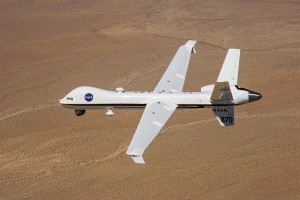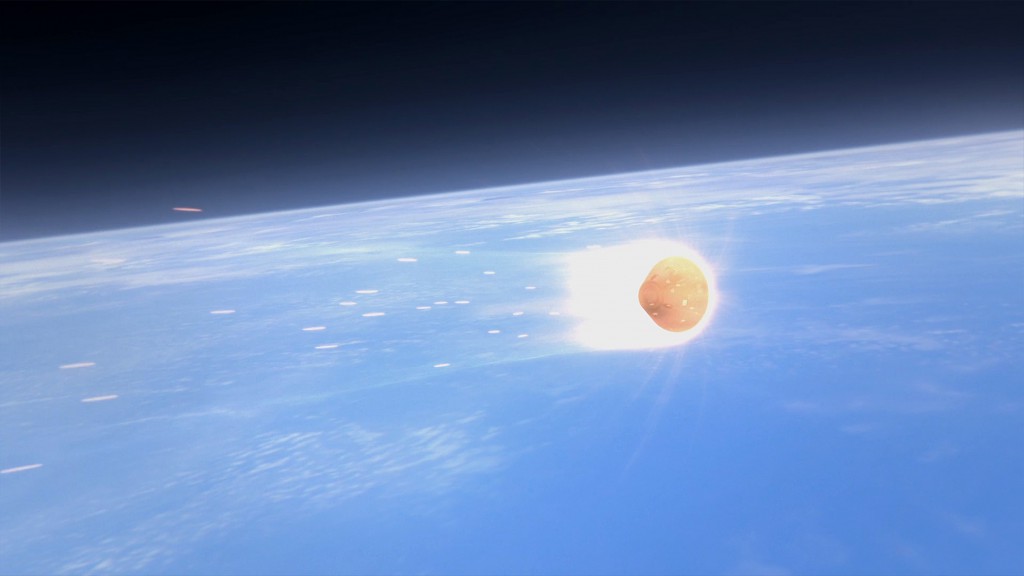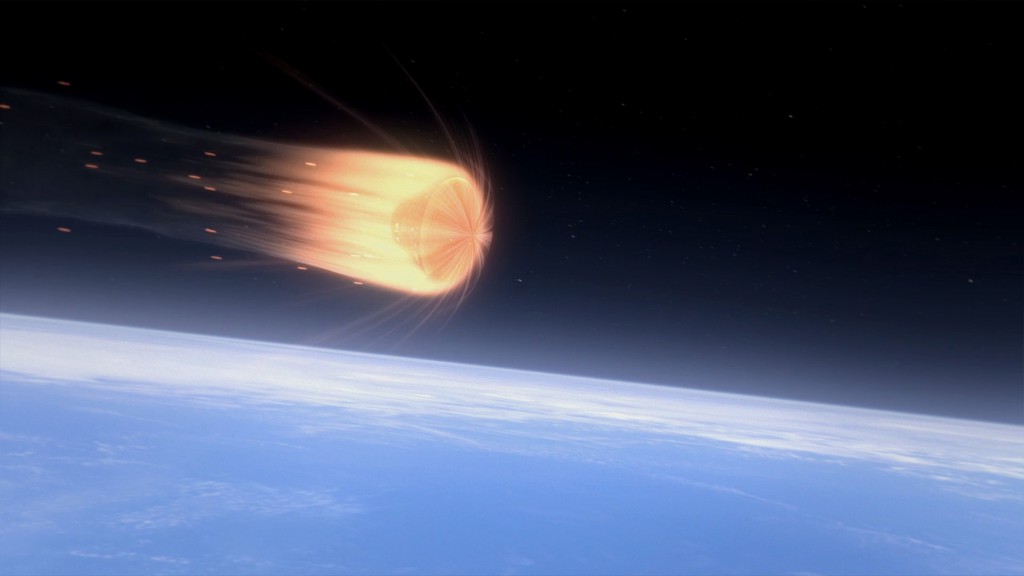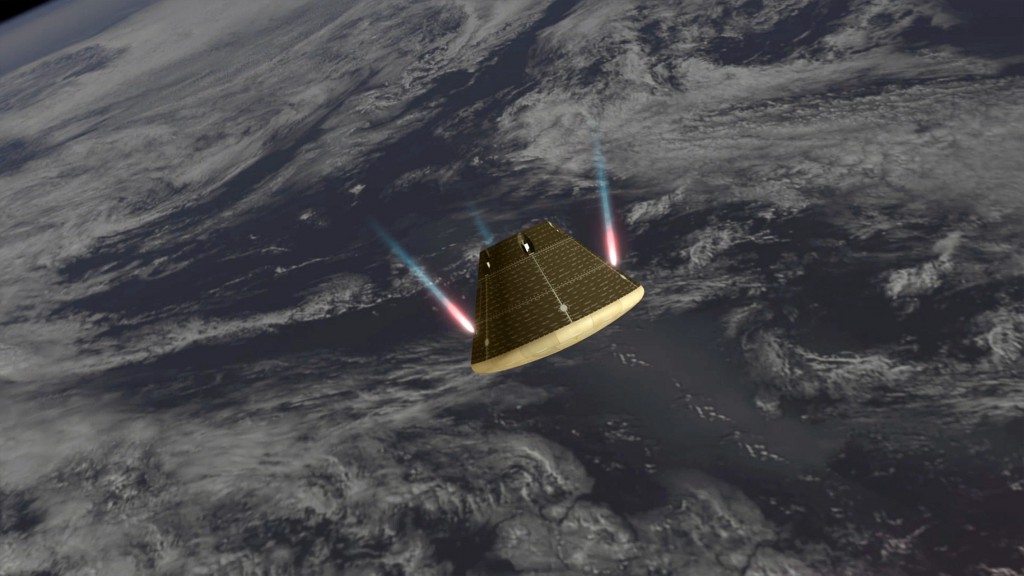Orion is sending back signals and video now as it slows going through the atmosphere.
Author: Steven Siceloff
Peak Heating
Blackout
Plasma of 4,000 degrees F is enveloping Orion’s crew module now and signals from the spacecraft cannot get through it. The base heat shield will bear the brunt of the heat, but the backshell of the capsule will see high temperatures too. That’s why it’s been covered with black tiles like those used on the space shuttle. This blackout is expected to last about 2 1/2 minutes.
Entry Interface
T+4 hours, 13 minutes – Orion is flying now with its base heat shield facing Earth as it encounters the first areas of the discernable atmosphere around the planet and the temperature around the spacecraft begins to build up. The spacecraft is coming in at 20,000 mph and will be slowed considerably. With help of parachutes later, Orion will splash down at about 20 mph, having made the 75-mile fall to the ocean surface in 11 minutes.
Orion Out of High Radiation Area
The crew module completed its flight through the lower Van Allen belt and is about to begin re-entry into the atmosphere. Orion is less than 400 miles above Earth. Eight minutes to entry interface to begin re-entry. Splashdown is targeted for 275 miles off the coast of Baja California, some 600 miles south of San Diego.
Crew Module Translation Burn
NASA’s Ikhana Ready for Orion Return
 An Ikhana unmanned aerial vehicle from NASA’s Armstrong Flight Research Center in California is flying over the Pacific Ocean near Orion’s landing zone to record the spacecraft as it returns from orbit. The aircraft is equipped with infrared and other cameras to see Orion as it comes through the atmosphere and opens its parachutes.
An Ikhana unmanned aerial vehicle from NASA’s Armstrong Flight Research Center in California is flying over the Pacific Ocean near Orion’s landing zone to record the spacecraft as it returns from orbit. The aircraft is equipped with infrared and other cameras to see Orion as it comes through the atmosphere and opens its parachutes.
Second Run Through High Radiation Area
The Orion crew module is entering the lower Van Allen radiation belt again. All signs from the spacecraft continue to point to no problems.
Station Crew Watches Orion Launch
The astronauts aboard the International Space Station watched video of the Orion Flight Test launch earlier today via monitors inside the orbiting laboratory. Orion’s flight path to a high point of 3,604 miles reached about 15 times higher than the station’s orbit.
Orion’s System Working as Planned
Orion is proving very stable during this first-ever flight test. Splashdown in 59 minutes.



